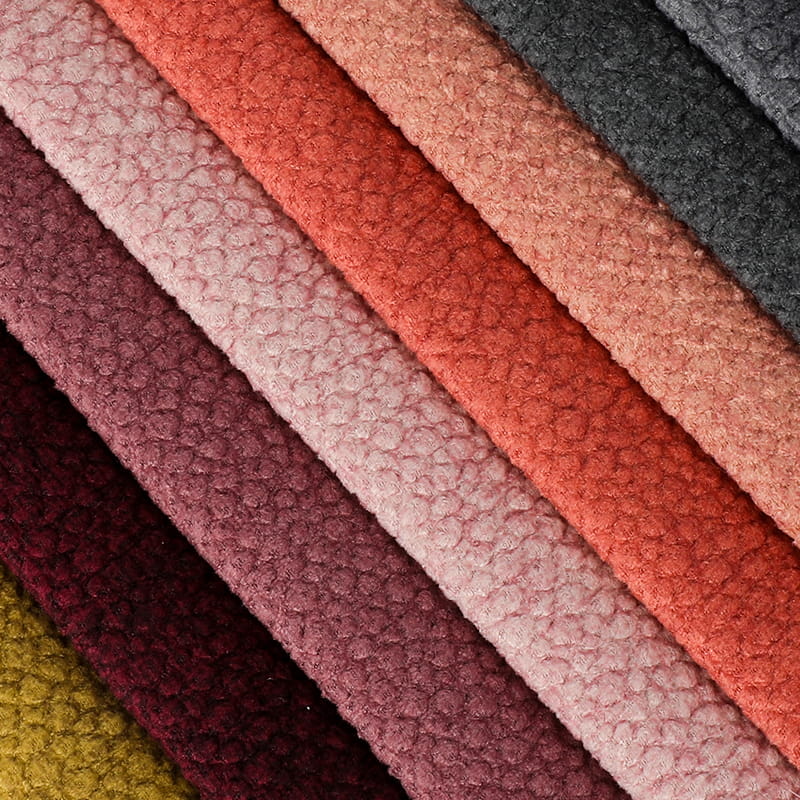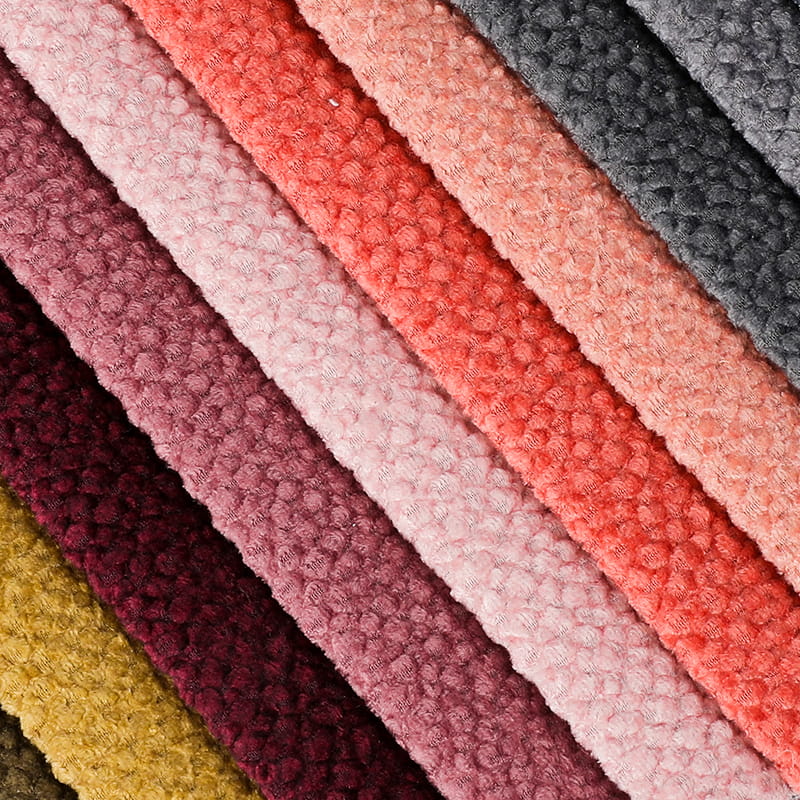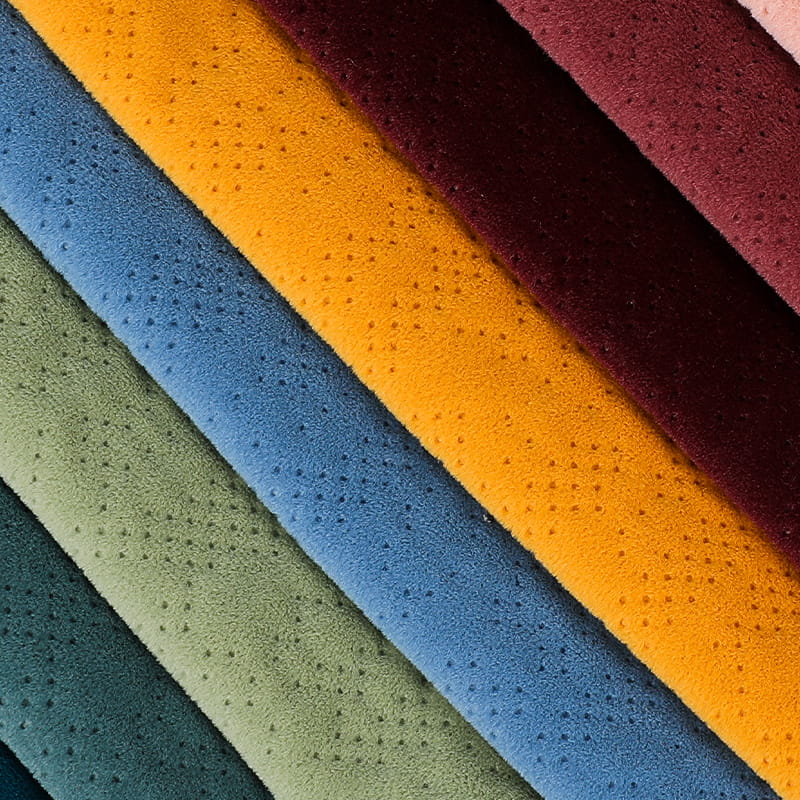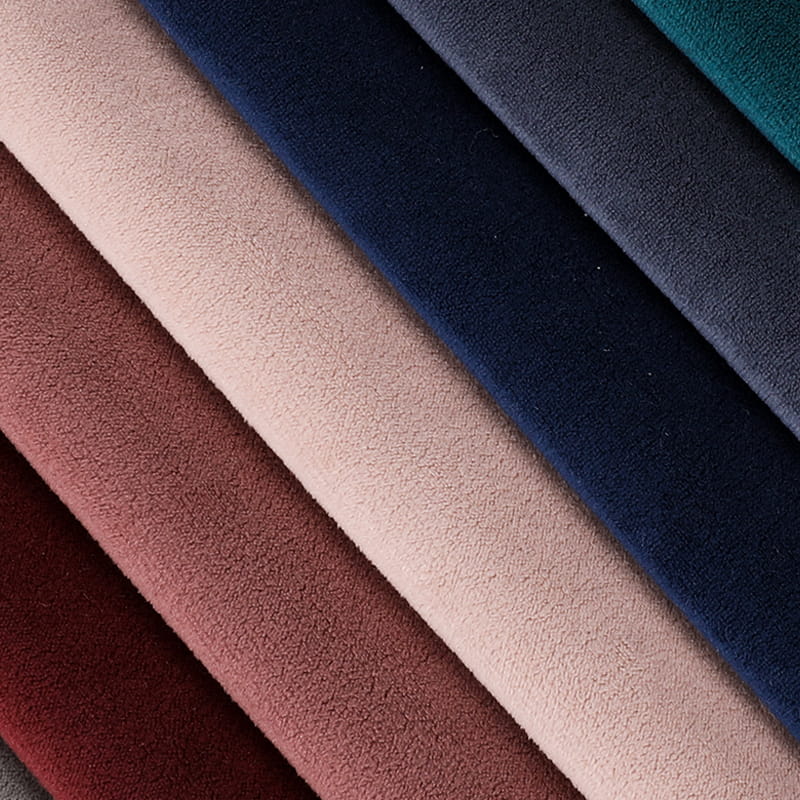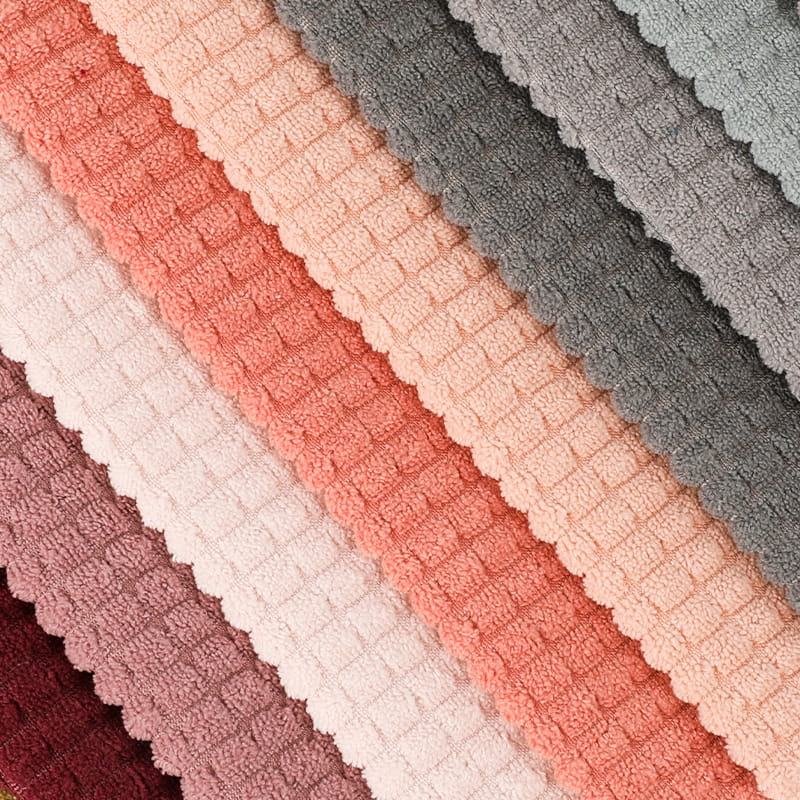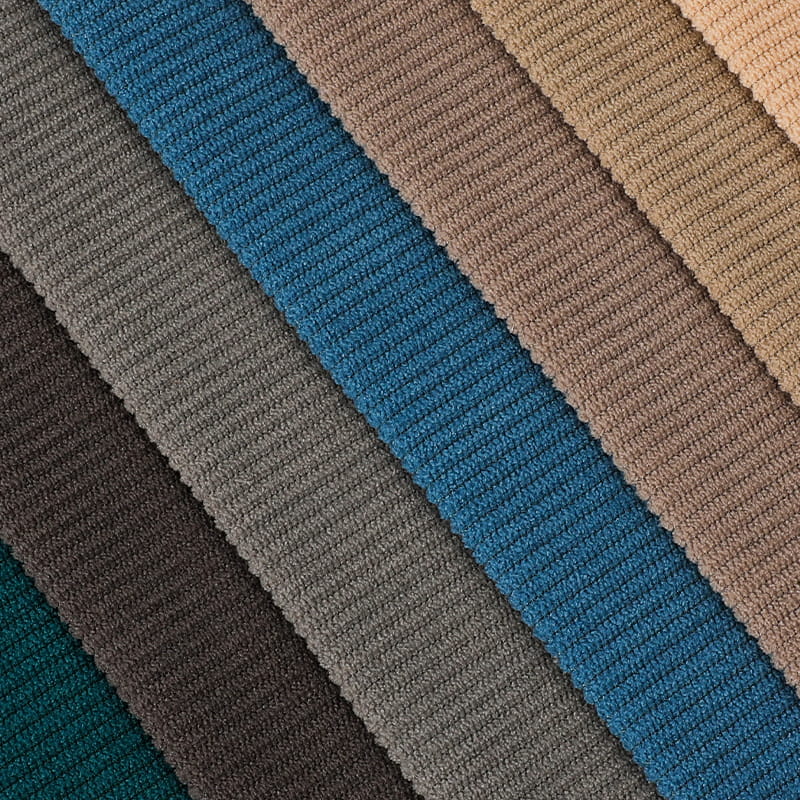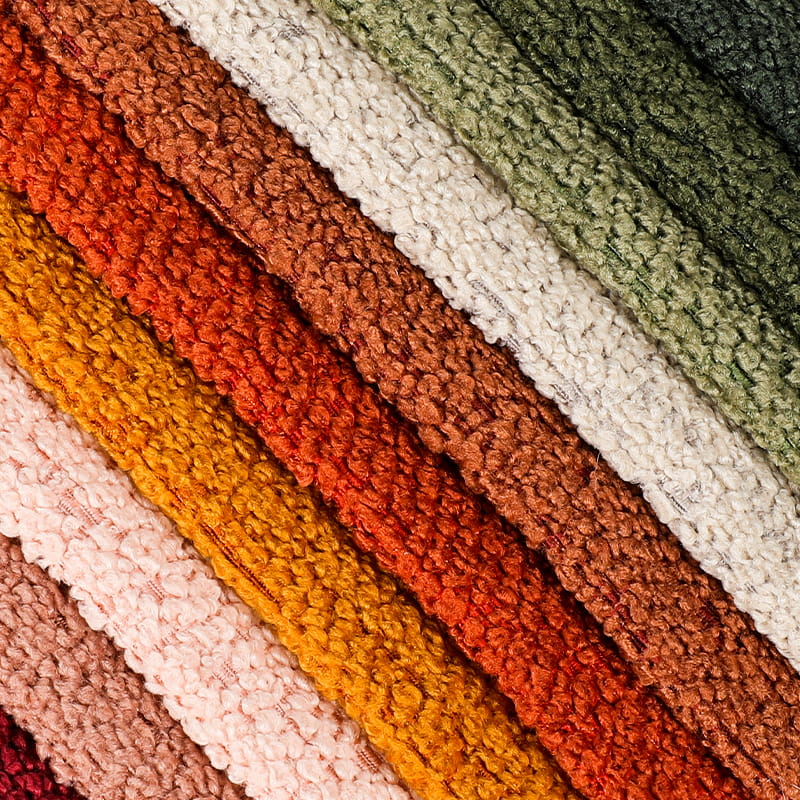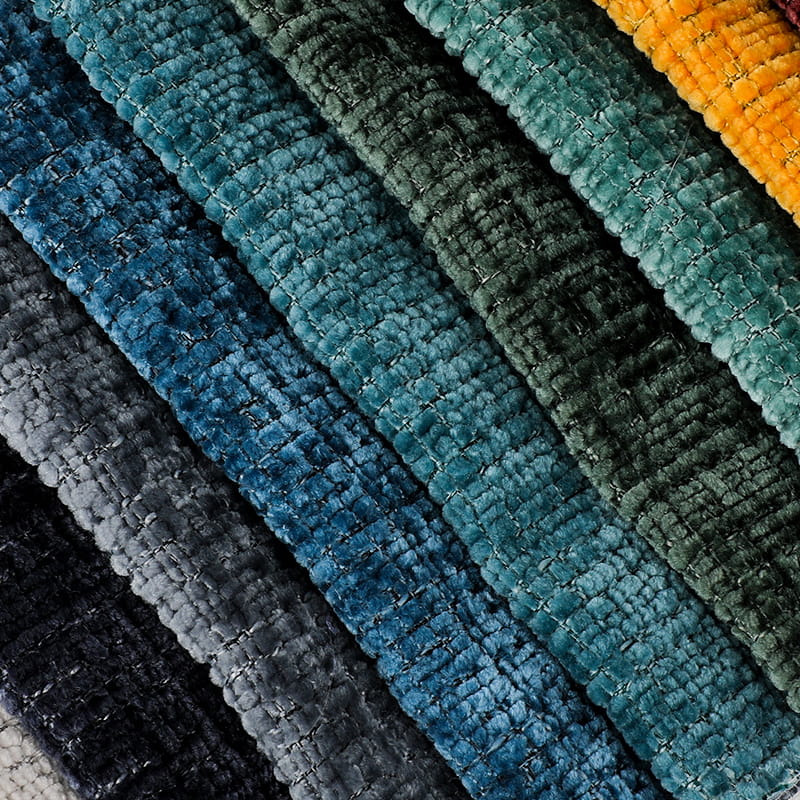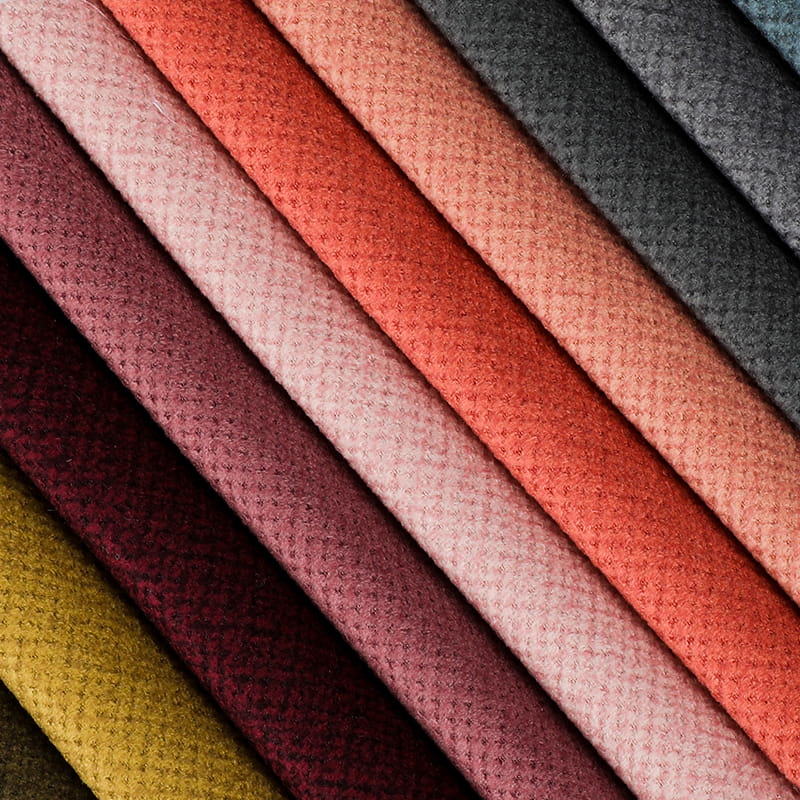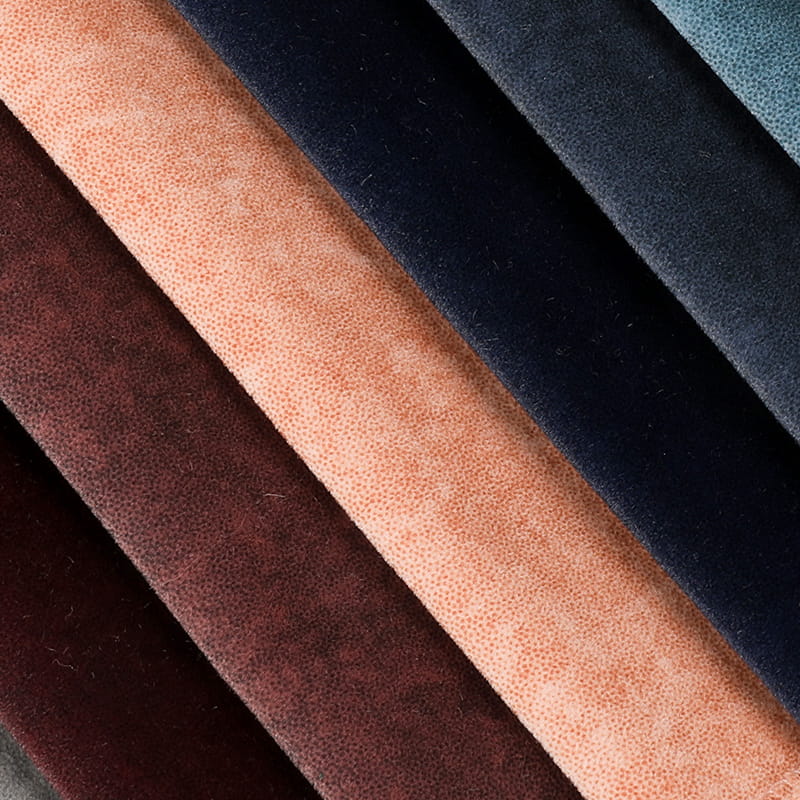With the rapid development of modern textile technology, tissu technologique étanche is no longer just a patent for outdoor sports brands and extreme environments. It is gradually penetrating into daily clothing, industrial manufacturing and even medical and health fields, becoming a major symbol of functional material innovation. With consumers' multiple requirements for clothing comfort, practicality and aesthetics, the research and development of waterproof technology fabrics has increasingly reflected a high degree of professionalism and diversity, promoting the deep integration of material science and fashion industry.
Le cœur de waterproof technology fabric S réside dans leur capacité à repousser les liquides. Les mécanismes d'étanchéité traditionnels reposent principalement sur une combinaison de structure physique et de revêtement chimique pour obtenir des effets imperméables. Au niveau physique, ce type de tissu réduit la possibilité de pénétration de la molécule d'eau à travers une structure de tissu haute densité. At the chemical level, modern technology further adopts nano-level waterproof coating or membrane technology, such as polytetrafluoroethylene (PTFE) film and polyurethane (PU) coating. Ces matériaux fournissent non seulement une imperméabilité extrêmement élevée, mais maintiennent également une bonne respirabilité.
Le développement de la technologie imperméable ne s'arrête pas là. With the increasing awareness of environmental protection and the growing call for sustainable development, the environmental performance of waterproof fabrics has also become a research focus. Traditional perfluorinated chemical (PFC) waterproofing agents are strictly restricted due to their potential threats to the ecological environment and human health. Research teams have turned to the development of fluorine-free waterproofing agents, such as the use of alternatives such as bio-based coatings and water-based polymers, which not only achieve similar or even better waterproofing effects, but also significantly reduce the burden on the environment.
L'intelligence et l'intégration fonctionnelle sont également devenues la prochaine direction de développement des tissus technologiques imperméables. In the field of wearable devices and smart textiles, researchers have tried to embed sensors, temperature control materials and even energy conversion devices into waterproof fabrics, making them no longer just a "passive" protective barrier, but an "active" response system.
En termes d'apparence et de conception, les tissus technologiques imperméables ont également brisé le stéréotype des "moyens pratiques rugueux" dans le passé. Tout en maintenant des performances techniques, de nouveaux tissus ont commencé à poursuivre une texture visuelle légère, douce et même transparente. La stabilité des couleurs, la résistance aux rides et la contrôlabilité de la texture du tissu sont également devenues au centre des concepteurs. Cross-border collaborations between fashion brands and technology companies are becoming more frequent, as they jointly explore how to combine high-performance materials with modern aesthetics to create clothing products that are both windproof and rainproof while also showing individuality.



